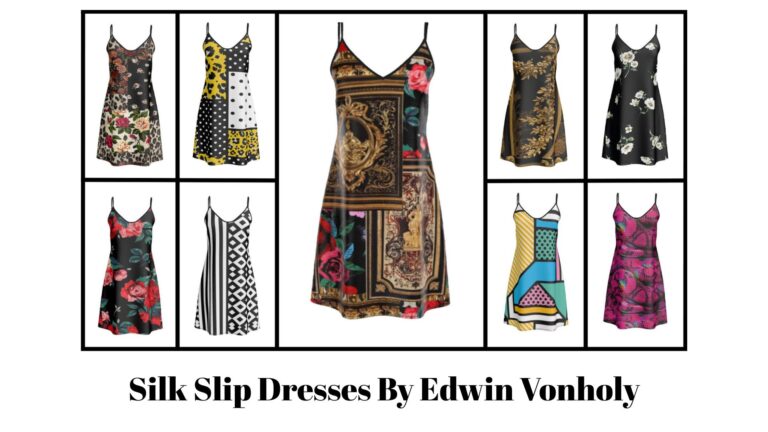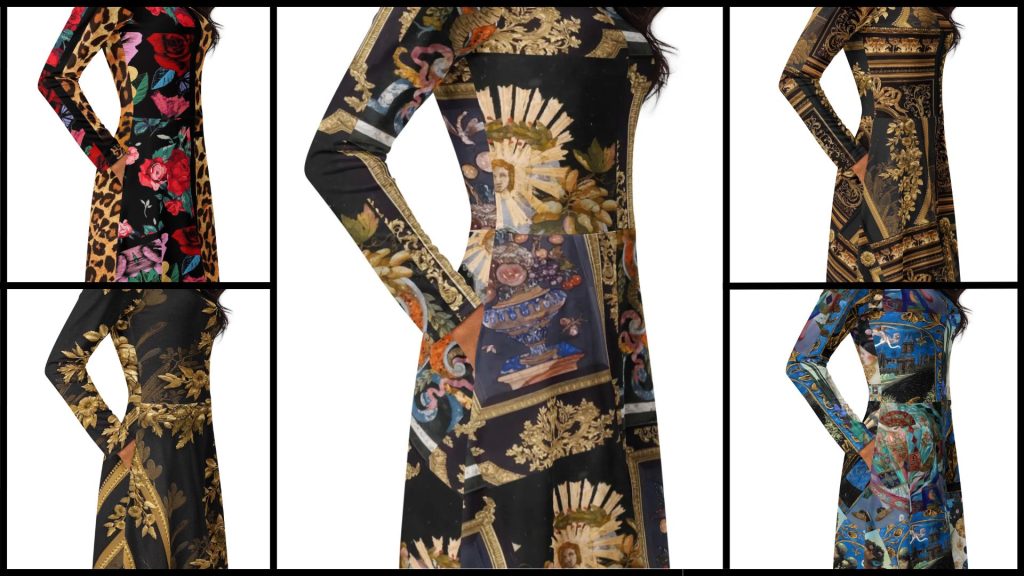The Viral Blue and Black Dress: The Optical Illusion That Took Over the Internet
In 2015, the world was captivated by an optical illusion that divided the internet, sparked debates, and became an iconic moment in social media history. It all started with a simple photo of a dress, but the question wasn’t about the dress itself—it was about its color. The image quickly went viral, with people claiming the dress was either blue and black or white and gold. This optical illusion, known as the “blue and black dress phenomenon,” took the internet by storm and left everyone asking: what color is the dress, really?
1. The Origin of the Blue and Black Dress Debate
How It All Began
The viral debate started with a photo of a dress that was posted online in February 2015 by a woman named Caitlin McNeill. She shared it on her personal Tumblr, asking friends for their opinions on the dress’s color. What seemed like a simple question soon became a global sensation. The post quickly gained traction, and people around the world began arguing over whether the dress was blue and black or white and gold.
The debate sparked widespread confusion, as different people saw the colors in the photo differently, leading to intense discussions on social media platforms, including Twitter, Facebook, and Reddit. The debate even reached celebrities and news outlets, making it one of the most talked-about phenomena of that year.
2. Why Do We See Different Colors? The Science Behind the Illusion
The Role of Lighting and Perception
The reason why people saw different colors in the dress comes down to how the human brain processes light. The original image was poorly lit, with the lighting casting a shadow over the dress. Some people’s brains interpreted the lighting as being brighter, leading them to see the dress as white and gold. Others, however, perceived the lighting as darker, which made them see the dress as blue and black.
The Brain’s Interpretation of Colors
The key to understanding the illusion lies in how our brains interpret and adjust to lighting. The photo’s color was ambiguous, and depending on how the brain interpreted the light, it either “corrected” the color to a darker tone or a lighter tone. Those who saw the dress as white and gold likely had a brain that was compensating for the dark shadow by lightening the colors, while those who saw it as blue and black interpreted the lighting in a way that kept the colors darker.
This optical illusion sparked interest among neuroscientists, psychologists, and optical experts who studied how people’s brains perceive color under different conditions.
3. The Social Media Frenzy
A Global Phenomenon
Once the photo began circulating, it spread across social media like wildfire. The hashtag #TheDress trended on Twitter and was shared millions of times. News outlets and TV shows picked up the story, further fueling the debate. Celebrities like Taylor Swift, Kim Kardashian, and Ellen DeGeneres shared their opinions on the dress’s color, contributing to its widespread visibility.
The conversation quickly turned from simply discussing the dress to a larger conversation about human perception, the brain, and how our eyes can play tricks on us. Memes, jokes, and parodies emerged, with people creating their own versions of the dress in various colors, adding to the fun and confusion.
4. The Science Behind the Color Debate
Optical Illusions and Their Impact
The blue and black dress is a perfect example of how optical illusions can challenge our understanding of reality. Optical illusions occur when our brains process information in a way that doesn’t match the physical reality. They often play on contrast, light, and color, creating a perception that differs from what is actually there.
What made this particular illusion so fascinating was the split in perception. It wasn’t a case of just one or two people seeing the dress differently, but rather entire groups of people experiencing it in opposite ways. This raised questions about how much of what we see is actually determined by our brain’s interpretation of light and contrast, and how much of it is influenced by individual experiences and biological factors.
5. The Dress in Context: Fashion and Culture
A Fashion Staple That Became a Meme
Though the color debate was certainly the most memorable part of the blue and black dress saga, the actual dress itself gained a level of fame it never would have reached otherwise. The dress was designed by Roman Originals, a British clothing company, and it quickly became a fashion icon, despite—or perhaps because of—the viral debate. It was later revealed that the dress was indeed blue and black, and the image’s lighting caused the optical illusion.
The dress also influenced the fashion world in a unique way. Designers and retailers capitalized on the attention, creating their own versions of the dress or incorporating similar color schemes into their collections. The phrase “The Dress” became synonymous with viral culture, with memes, t-shirts, and merchandise celebrating the optical illusion.
6. How the Dress Changed the Way We View the Internet
The Power of Viral Content
The blue and black dress phenomenon was one of the first major viral events of the internet age. It highlighted the power of social media and how quickly a piece of content could spread across the globe. The viral nature of the dress debate showed just how engaged and active online communities had become, with people from all over the world participating in the discussion.
This event also marked the beginning of a new era in viral content—one where the internet could take something as simple as a photo of a dress and turn it into a cultural phenomenon. It also set the stage for future internet debates, such as the “Yanny vs. Laurel” debate, which further explored how perception can differ among individuals.
7. Legacy of the Blue and Black Dress
A Cultural Milestone
Although it happened almost a decade ago, the blue and black dress continues to be a cultural touchstone. It has become a symbol of how the internet can take something mundane and turn it into a global conversation. The debate over the dress has remained a point of reference for discussions about optical illusions, perception, and the nature of viral content.
The incident also sparked numerous studies into how the brain processes visual information, contributing to the fields of neuroscience and psychology. The blue and black dress remains a fascinating case study in how our perceptions of reality can differ, even when we’re all looking at the same thing.
Conclusion: The Dress That Changed the Internet
The viral blue and black dress phenomenon wasn’t just about a dress—it was about the way humans perceive the world around them. This optical illusion captivated the world, sparked countless debates, and left a lasting impact on internet culture. Whether you saw the dress as blue and black or white and gold, the event remains a defining moment in the history of viral content and a reminder of how perception can shape our reality.





